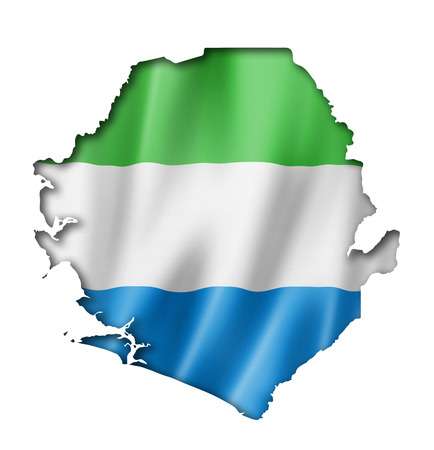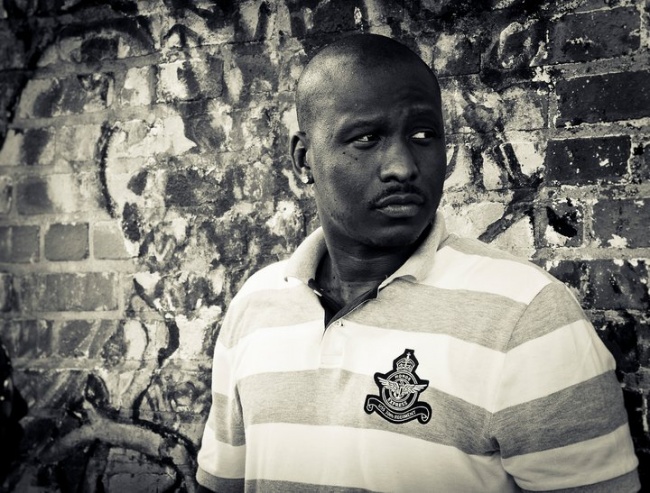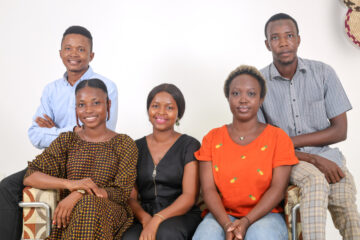Sierra Leone marks 30 Years Since the Start of Civil War

Today is the thirtieth anniversary of the start of Sierra Leone’s civil war in Bomaru in Kailahun District in the Eastern Province.
The war lasted for 10 years and left over 70,000 dead and more than 2.5 million people displaced internally and externally. Thousands of children were recruited as child soldiers, women and girls were raped and the legs and arms of hundreds were amputated.
According to the Truth and Reconciliation Commission (TRC) report, the Revolutionary United Front (RUF) led by Foday Sankoh and supported by Charles Taylor’s National Patriotic Front of Liberia (NPFL) invaded Sierra Leone with the motive of overthrowing the government of Joseph Saidu Momoh. Momoh’s All People’s Congress (APC) had ruled Sierra Leone since 1968.
Here are few facts about the Sierra Leone Civil War
- The first invasion on March 29, 1991, was not Foday Sankoh’s first attack, it was an attack by an official of the National Patriotic Fronts of Liberia (NPFL) whose vehicle was seized by a Sierra Leonean military leader.
- Findings from the TRC are that the central causes of the war were a result of endemic greed, corruption, nepotism, the plundering of state resources, the colonial power divide and rule strategy between the colony and the protectorate, and other reasons.
- In 1993, the Sierra Leone Army (SLA) successfully pushed the RUF rebels back to the Liberian border, but later recovered and continued fighting.
- Later in 1996, a civilian government was elected and the Abidjan Peace Accord was signed between President Kabba and Foday Sankoh.
- In May 1997, Major Johnny Paul Koroma seized power and formed the Armed Forces Revolutionary Council (AFRC) which forced President Kabba into exile.
- The subregion’s military support group, the Economic Community of West African States (ECOWAS) Monitoring troops (ECOMOG) overthrew the AFRC and restored President Kabba in 1998.
- On January 6, 1999, the RUF invaded Freetown, as part of an offensive attempt to overthrow the government.
- In July 1999, the Lomé Peace Agreement was signed, an agreement that proposed a power-sharing plan that included Sankoh and other rebels in the government and required the RUF and the AFRC forces to surrender their weapons.
- Over 1,200 British military men, supported by land and air power invaded in 2000, they overpowered the rebels and shifted the balance of power in favor of the government.
- On January 18, 2002 (National Reconciliation Day), President Kabbah declared the end of the 10-years Civil War.
For a personal account of the Civil War listen to this podcast “Sierra Leone’s Civil War: A Center For Memory To Honor Our Trauma” from the Make Sierra Leone Famous Podcast with guest Joseph Ben Kaifala.
Leave a reply
You must be logged in to post a comment.













